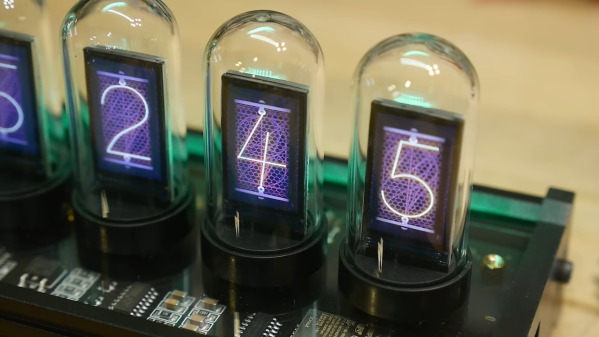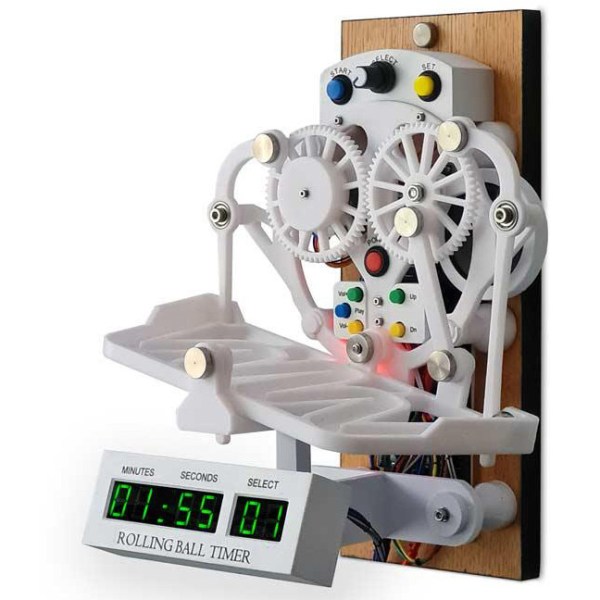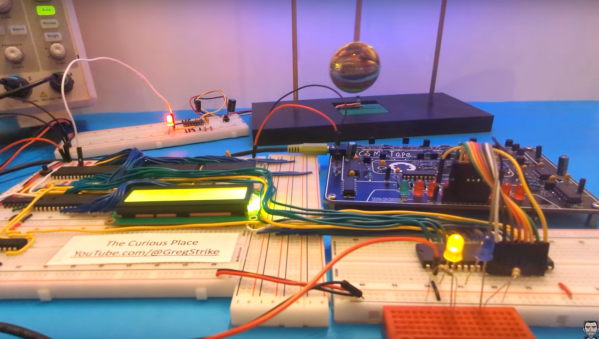If you’re looking for a 1-second time reference, you’d probably just grab a GPS module off the shelf and use the 1PPS output. As demonstrated by [InazumaDenki], though, an old quartz clock module can also do the job with just a little work.
The module was harvested from an old Seiko wall clock, and features the familiar 32.768 KHz crystal you’d expect. This frequency readily divides down by 2 multiple times until you get a useful 1 Hz output. The module, originally designed to run a clock movement, can be repurposed with some basic analog electronics to output a useful time reference. [InazumaDenki] explains various ways this can be done, before demonstrating his favored method by building the device and demonstrating it with a decade counter.
It has some benefits over a GPS time reference, such as running at a much lower voltage and needing no external signal inputs. However, it’s also not going to be quite as accurate. Whether that matters to you or not depends on your specific application. Video after the break.
Continue reading “Turning A Quartz Clock Module Into A Time Reference”



















